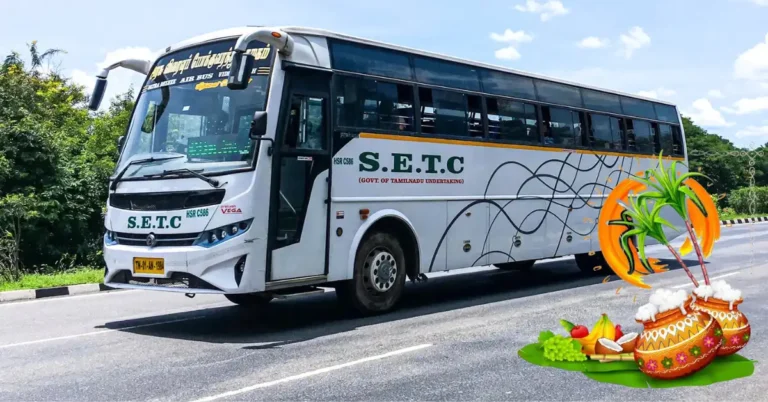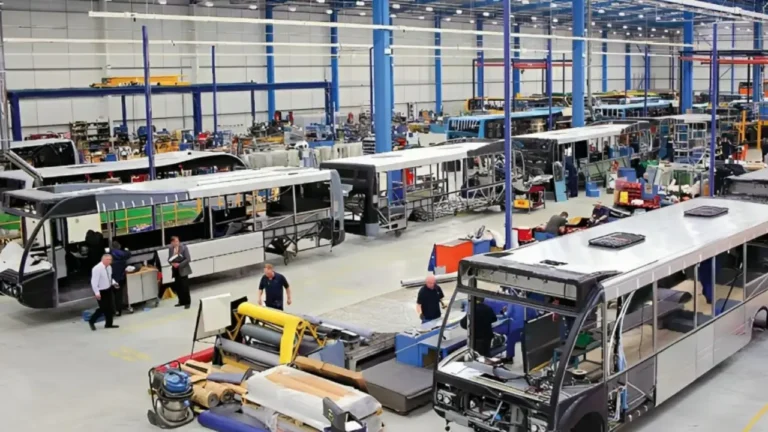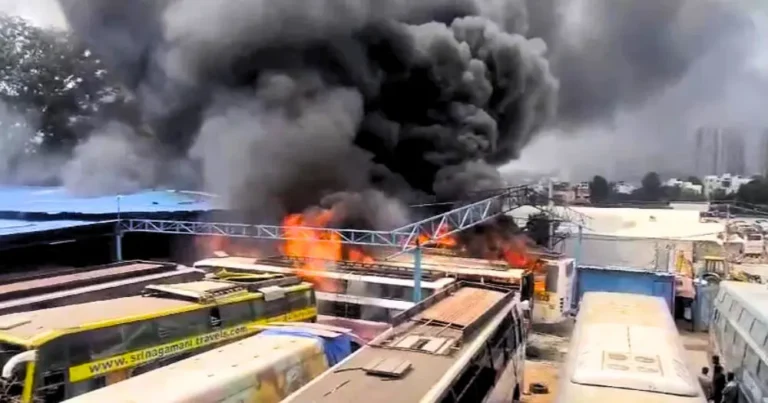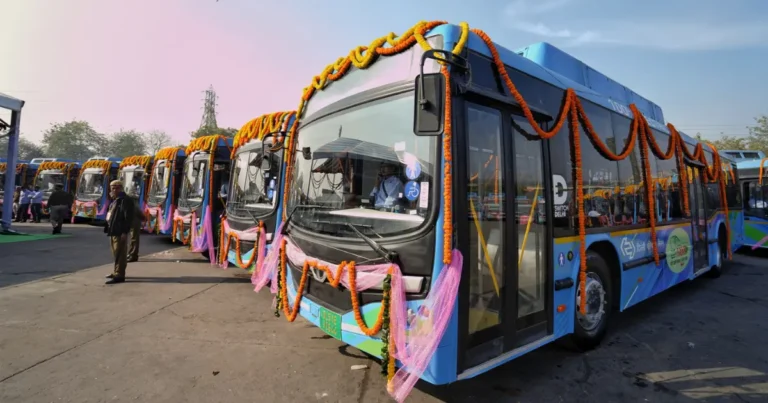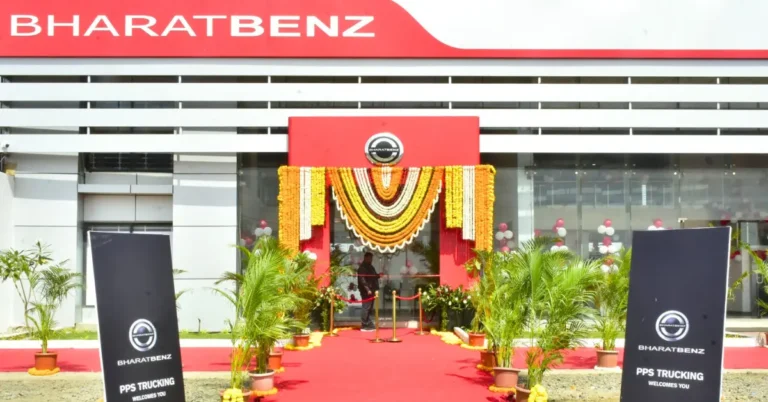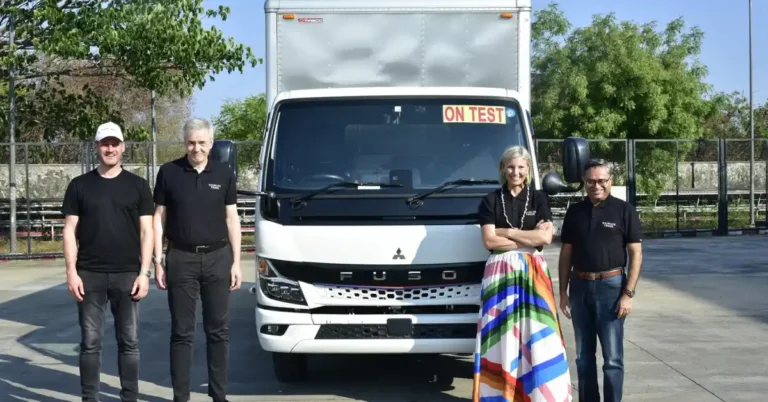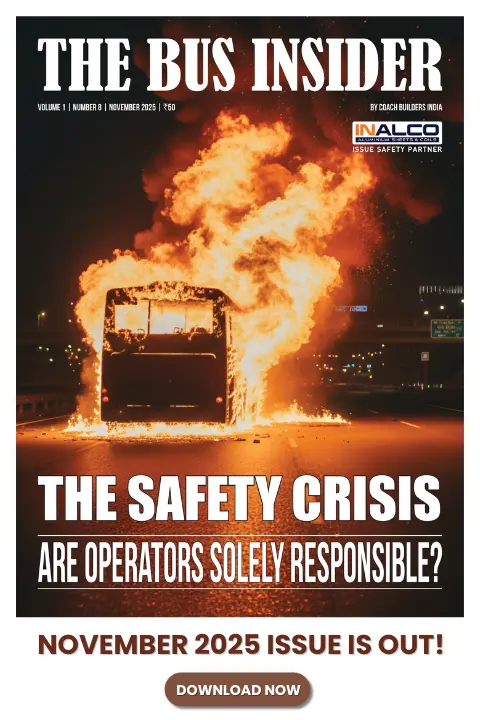Safety Concerns of the Munnar Double Decker Bus: A Closer Look at the Risks

The Kerala State Road Transport Corporation (KSRTC) has launched the Munnar double-decker bus to elevate tourists’ sightseeing experience.
Named the ‘Munnar Royal View,’ this new bus offers passengers a panoramic 360-degree view of the region’s picturesque tea plantations, scenic mountain ranges, and key tourist spots. It will operate four times daily along the Munnar-Devikulam route, providing tourists with a unique way to explore the area’s natural beauty.
While the concept of a double-decker bus on Munnar’s scenic routes may seem exciting, safety concerns of the Munnar Double Decker Bus have sparked heated debates among experts and the public alike.
However, despite its potential to enhance the tourist experience, the move has faced strong opposition.
Netizens have raised serious safety concerns of the Munnar double decker Bus, and even legal authorities are questioning whether the double-decker buses comply with safety regulations.
Let’s explore the physics behind why these buses may not be suitable for Munnar’s challenging terrain and why many are skeptical about their safety.
Also Read: KSRTC Launches Munnar Double-Decker Bus with 360 Degree Panoramic View
The High Center of Gravity: A Tipping Hazard
One of the most critical factors contributing to the safety concerns of the Munnar Double Decker Bus is the high center of gravity.
A double-decker bus, by design, has most of its mass concentrated on the upper deck, which raises its center of gravity significantly compared to a single-decker bus. In physics, the center of gravity (CG) refers to the point where the total mass of an object can be considered to be concentrated.
When a vehicle’s CG is elevated, it becomes less stable and more prone to tipping over, especially on uneven or sloped surfaces.
Munnar is known for its steep and winding roads, which can be challenging to navigate for any vehicle. As a double-decker bus navigates sharp bends and steep inclines, the centrifugal force—generated by the bus turning—pushes the vehicle outward.
A high center of gravity amplifies the effects of this centrifugal force, increasing the likelihood of the bus tipping over or losing balance, particularly on narrow, uneven roads.
My experience on this road was intense. A double-decker bus would undoubtedly offer the best views, but given how KSRTC drivers navigate this route, it would be a major risk. With zero visibility on every turn, especially on foggy days; it could be extremely dangerous.
— Kalpesh | कल्पेश (@Atarangi_Kp) February 12, 2025
Uneven Terrain: The Risk of Rollovers
Hilly areas like Munnar are often characterized by sharp curves, sudden drops, and unpredictable inclines. These variations in the road’s terrain can cause the bus to shift its weight, potentially throwing the center of gravity off balance.
The result is that the vehicle becomes much harder to control. In simple terms, the steeper and more uneven the terrain, the more difficult it becomes to stabilize a tall vehicle with a high center of gravity.
This uneven weight distribution is a particular concern for double-decker buses on winding mountain roads.
When a bus turns on such roads, the centrifugal force can increase the risk of a rollover, a phenomenon that is especially hazardous on sharp curves or when the road is wet or slippery.
Experts argue that the risk of a rollover in such conditions is much higher than with regular buses, which are designed with a lower center of gravity and better stability on winding roads.
Also Read: Here’s How You Can Book the Munnar Double-Decker Bus
Wind Resistance: The Tall Vehicle’s Vulnerability
Another critical issue for double-decker buses on Munnar’s hilly roads is wind resistance. At higher altitudes, which are typical of mountainous regions like Munnar, strong crosswinds are common.
A double-decker bus, being taller and having a larger surface area, is more susceptible to the effects of crosswinds. The higher the center of gravity, the more likely the vehicle is to be destabilized by strong gusts of wind.
The risk posed by wind resistance can be particularly dangerous when the bus is navigating steep hills. If the driver is not prepared for a sudden gust, it could lead to a dangerous situation where the bus is knocked off course, further exacerbating the chances of a rollover or an accident.
For drivers, managing the effects of wind resistance requires a higher level of experience and skill, especially when operating a tall vehicle in unpredictable weather conditions.
Also Read: What is a Bus Retarder? A Simple Guide for Bus Operators
The Human Factor: Driver Experience
Perhaps one of the most overlooked aspects of operating a double-decker bus in hilly areas is the experience and skill level of the driver.
Mountain roads require drivers to make constant adjustments to maintain control, especially when driving a larger vehicle. A bus with a high center of gravity and heightened susceptibility to wind can be particularly challenging to handle, particularly for drivers who may not be accustomed to operating such vehicles on steep inclines.
The introduction of the double-decker bus in Munnar raises valid concerns about whether the drivers have the necessary experience to navigate these challenging roads.
Inexperienced drivers may find it difficult to respond appropriately in emergency situations, further increasing the potential risks associated with the vehicle’s design and operating environment.
I'm not an expert, but as an engineer with fairly decent intelligence and experience, I can say this is a disaster waiting to happen. On these paths, a lower center of gravity is what one would opt for, and this is way too off—at least, it looks so. Please repurpose this on flat…
— Rajesh Soundararajan (@rajeshsound) February 12, 2025
Real-World Incidents: A Warning from History
History provides several examples of the dangers associated with double-decker buses operating in mountainous terrain.
One such incident occurred in 2018, when a double-decker bus in Peru plunged 100 meters off a mountain road, tragically claiming the lives of 44 passengers. Similarly, in 2022, a double-decker bus veered off the road in Thailand, killing 14 people.
Both incidents underscore the inherent risks of operating tall buses on dangerous, winding mountain roads where the likelihood of a rollover or loss of control is significantly higher.
Experts argue that, given these real-world examples, double-decker buses should be avoided on mountain roads with steep inclines and sharp curves.
The combination of a high center of gravity, uneven terrain, and unpredictable weather conditions makes these vehicles unsuitable for such environments.
Also Read: The 10 Worst Bus Accidents in the World in 2024 – A Complete List
Legal and Regulatory Concerns
In addition to safety concerns raised by experts and the public, the Kerala High Court has flagged modifications to the double-decker buses, including additional lighting, which may violate the Motor Vehicles Act.
A Special Investigation has been initiated to assess whether the state government has overstepped safety regulations in approving such buses for use in hilly areas.
This legal scrutiny further complicates the picture, suggesting that the introduction of the Manar Royal View double-decker bus may not only be a safety hazard but also a potential violation of established traffic safety laws.
Conclusion: A Novel Experience or a Safety Risk?
While the Manar Royal View double-decker bus offers tourists an exciting opportunity to experience Munnar’s picturesque landscapes from a unique vantage point, the risks associated with its operation in hilly terrain cannot be ignored.
The high center of gravity, uneven weight distribution, susceptibility to wind, and the challenges faced by drivers all contribute to the growing concerns about the safety concerns of the Munnar Double Decker Bus.
While the intentions behind the project are commendable—aiming to boost tourism and provide an unforgettable experience for visitors—the potential for a disaster is too great to overlook.
As experts continue to voice their concerns, it remains to be seen whether the Kerala government will reassess the use of double-decker buses on Munnar’s challenging roads, or whether this will be another case of a thrilling concept colliding with real-world safety challenges.
Catch the latest Bus Industry updates, Exclusive Interviews, Bus News, and International Bus News on Coach Builders India. Download the latest issue of the The Bus Insider magazine for more insights.

